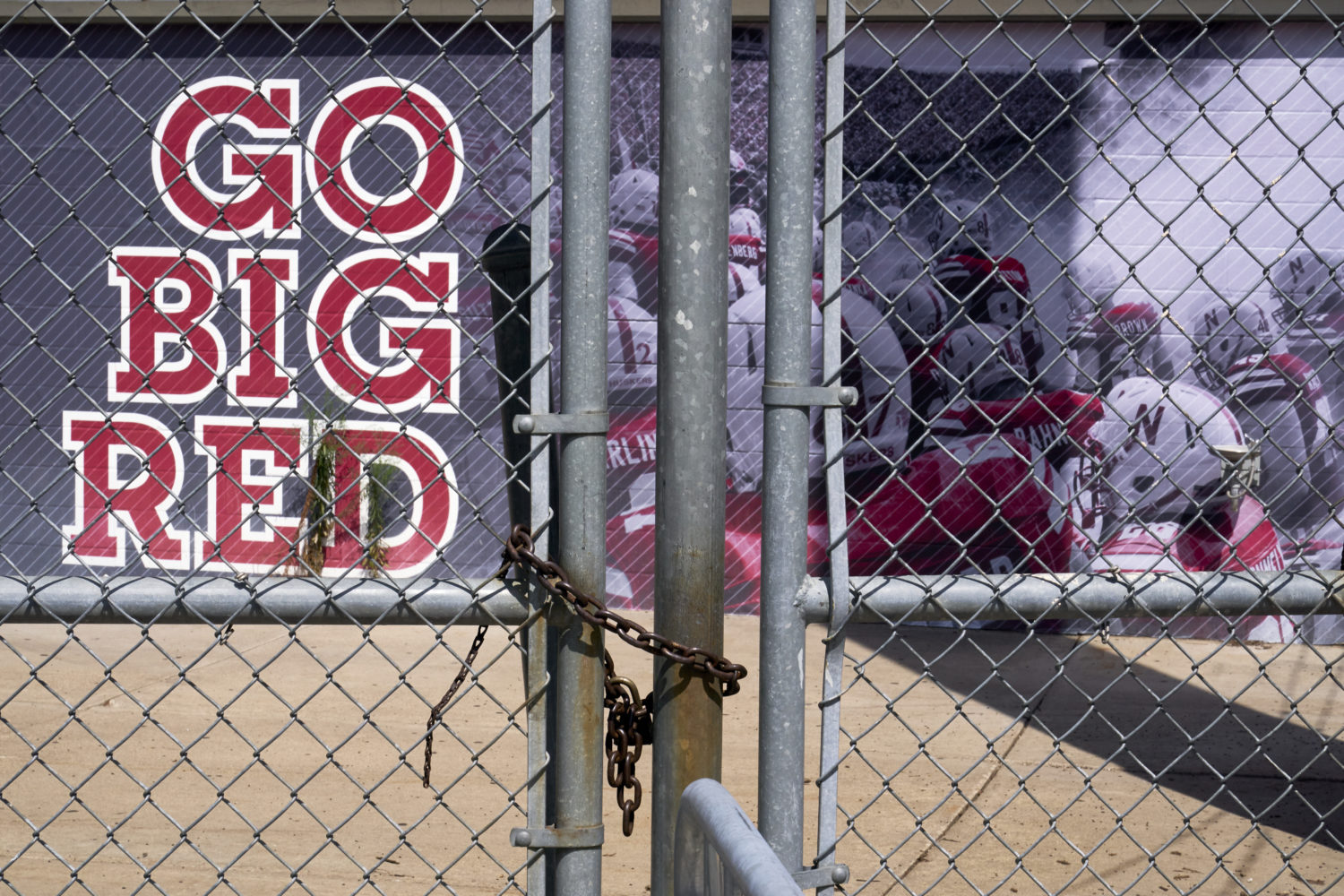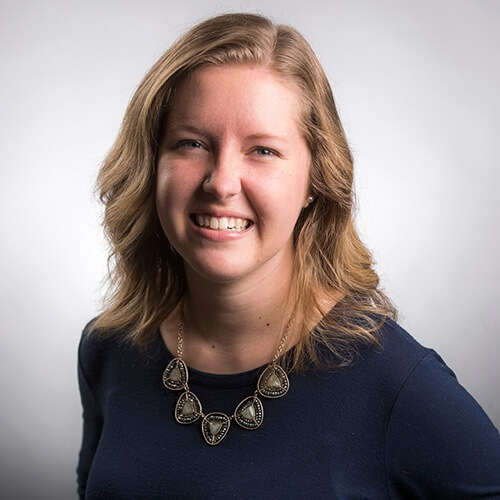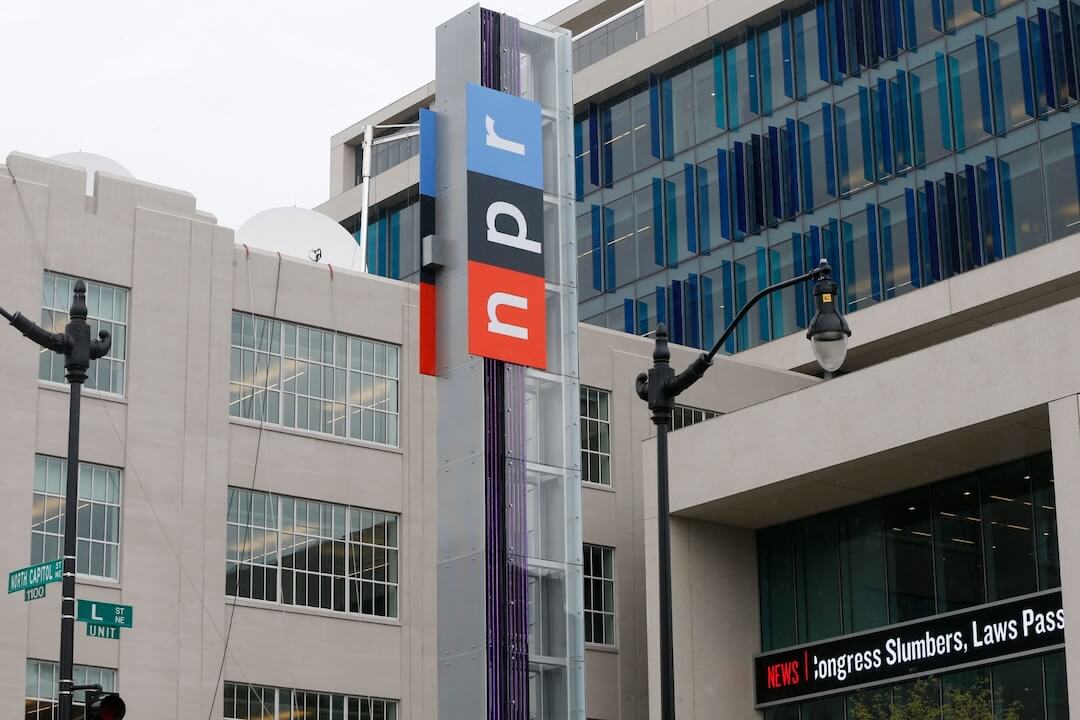The Lead is a weekly newsletter that provides resources and connections for student journalists in both college and high school. Sign up here to have it delivered to your inbox every Wednesday morning.
What does a fall without college sports look like?
Across the country, many schools and conferences decided last week to pull the plug on fall sports (or postpone them to the spring). Especially at larger schools where student life in fall revolves around football, what’s a college sports section to do?
Not every collegiate conference has canceled. As of Wednesday, the SEC, the Big 12, the ACC, the Sun Belt Conference, the American Athletic Conference and Conference USA still plan to play, The Washington Post reports.
But even if your school won’t be playing sports, there are plenty of related stories to cover this fall. A few broad questions that could become stories:
- What’s the financial impact of the lack of sports, especially football, which traditionally generates revenue that sustains many non-revenue sports?
- How are student athletes continuing to train without a season, and are cancellations affecting their future plans?
- What’s happening to college-town businesses that typically depend on fall sports and football game days?
- For schools still playing, how much are they spending on testing and other precautions? (At public schools, this information should be attainable through a public records request.)
- How were athletics officials communicating throughout the last few weeks as they deliberated if the season could go on? (Emails between school employees are also attainable through a public records request.)
And a few stories that have stood out to me so far:
- The University of Florida still plans to play football, but smaller crowds could hurt Gainesville’s local economy, The Alligator reported.
- The Daily Tar Heel talked with University of North Carolina students about if they’ll still feel comfortable going to football games this fall.
- Notre Dame’s marching band will play in the stands rather than marching on the field this season, The Observer reported.
- Before its conference canceled fall sports, Colorado State University came under fire for allegations that coaches told players not to report COVID-19 symptoms, The Collegian reported.
- Purdue is considering using its football stadium to instead host movie nights, The Exponent reported.
I want to know how your student publication plans to cover fall sports (or the lack thereof). Send your ideas, plans, or stories you’re proud of to blatchfordtaylor@gmail.com and I might include them in a future newsletter issue.
One tool we love
Looking for accurate national data on the coronavirus? Barbara Allen, Poynter’s director of college programming (and The Lead’s editor!) rounded up a long list of resources to use this fall. She includes data sources, helpful explainers and a few publications doing standout reporting (I cosign her recommendation of Ed Yong at The Atlantic). Journalism educators on this list: Sign up for Poynter’s Alma Matters newsletter for more weekly insight on journalism education.
What’s your favorite tool that other student journalists should know about? Email me and I might feature it in a future issue.
One story worth reading
How can empathy and impartiality intersect in the role of student journalism? Syracuse University journalism professors Greg Munno and Megan Craig explain the results of a recent study in a story for Nieman Reports. They surveyed 52 journalism students and found their views fell into two groups: “an impartial, traditional mindset or as a more involved, empathetic mindset that we call the emerging ethos.” Their analysis provides helpful insight into changing views of journalism ethics and how students are forging a new path.
Opportunities and trainings
- The Dow Jones News Fund is paying for selected college and graduate students to attend the (virtual) SPJ or ONA conferences this fall. Apply here by August 30.
- Here’s a guide to journalism conferences that have gone virtual during the pandemic.
- Apply for WBUR public radio’s yearlong newsroom fellowship by Oct. 9.
- College students, enter the Reynolds Journalism Institute’s Student Innovation Competition by Oct. 31.
- Take a free Poynter webinar on defeating unconscious bias in design.


Taylor Blatchford is a journalist at The Seattle Times who independently writes The Lead, a newsletter for student journalists. She can be reached at blatchfordtaylor@gmail.com or on Twitter @blatchfordtr.







